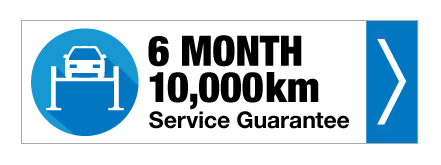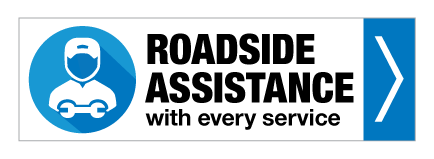As fuel prices continue to soar, Australian motorists are feeling the pinch at the pump more than ever before. The good news is that there are numerous ways to maximise fuel efficiency, helping you save money while also reducing your carbon footprint. In this blog, we’ll explore some practical tips and strategies to help you navigate rising fuel costs in Australia.
Maintain Your Vehicle
Regular vehicle maintenance is essential for optimal fuel efficiency. Ensure that your engine is running smoothly by sticking to your manufacturer’s recommended service schedule. Regular oil changes, air filter replacements, and tyre maintenance can make a significant difference in how efficiently your vehicle operates.
Proper Tyre Maintenance
Tyre maintenance is a critical factor in fuel efficiency. Underinflated tyres can increase fuel consumption by up to 10%. To combat this, regularly check and maintain your tyre pressure according to the manufacturer’s specifications. Don’t forget to rotate your tyres as well, as this ensures even wear and tear.
Drive Efficiently
Your driving habits play a crucial role in your fuel efficiency. Avoid aggressive driving, such as rapid acceleration and hard braking, which can lower your KMS (kms per litre). Instead, practice smooth and gradual acceleration and braking, maintaining a consistent speed on highways whenever possible. Using cruise control can help maintain a steady pace and improve fuel efficiency during long trips.
Lighten the Load
Carrying unnecessary weight in your vehicle can decrease fuel efficiency. Remove any unnecessary items from your trunk and roof racks. Every extra kilogram you carry increases fuel consumption, so travel as light as possible.
Plan Your Routes
Smart route planning can save you both time and money. Use GPS apps to find the shortest and most efficient routes to your destination, minimising unnecessary detours and traffic congestion. Avoid rush hours when traffic is at its worst to maintain a steady speed and reduce idling time.
Limit Idling
Idling consumes fuel without moving your vehicle. Turn off your engine if you expect to be stationary for more than a minute or two, such as when waiting in a long drive-thru queue or for a passenger. Restarting your engine uses less fuel than idling for an extended period.
Choose the Right Fuel
Select the appropriate fuel for your vehicle as recommended by the manufacturer. Premium fuels are not necessary for most cars and can be more expensive. Using a higher octane fuel than recommended does not improve performance or fuel efficiency.
Keep Speed in Check
High speeds significantly reduce fuel efficiency. Driving at or just below the speed limit on highways can help save fuel. The faster you drive, the more air resistance your vehicle encounters, increasing the fuel needed to overcome it.
Use Air Conditioning Wisely
Air conditioning consumes extra fuel, especially at low speeds or in stop-and-go traffic. When possible, use your car’s ventilation system instead. If you must use air conditioning, set it to a moderate temperature rather than blasting it on full power.
Consider Carpooling and Public Transportation
Sometimes, the best way to save on fuel costs is to reduce the number of trips you take. Carpooling with colleagues or friends, or using public transportation, can significantly cut down on fuel expenses and reduce your environmental impact.
Conclusion
In the face of rising fuel costs in Australia, it’s crucial to adopt fuel-saving strategies to keep your expenses in check. By following these tips for maximising fuel efficiency, you can save money and contribute to a greener and more sustainable future. Remember that small changes in your driving habits and vehicle maintenance can lead to substantial savings over time, helping you navigate the challenges of rising fuel prices.



